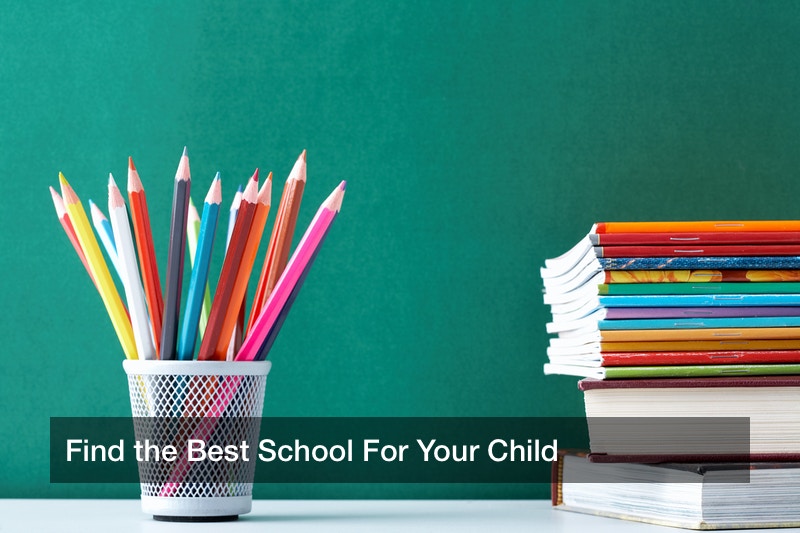

A good education is the foundation for any successful adulthood, and for this reason, parents have a deeply invested in sending their kid to the best kindergarten, preschool, or high school in their area, and a great kindergarten is a fine stepping stone for a child’s later education. In preschool and kindergarten, a small child learns basics such as counting, the Roman alphabet, and gross motor play to enhance the brain’s functions, and once a child moves on beyond kindergarten, he or she will rapidly develop their education until they graduate high school at age 18 (or even younger, in some cases). Parents who move to a new area, or when their child first becomes old enough for schooling can and should look up the best daycare, preschool, or kindergarten in their area for their young son or daughter. And when it comes to middle and high school, there are some other options to consider, too. Some schools are public, but others might be private schools. What’s the difference?
Private VS Public
Parents of middle school or high school-aged kids may have a major decision to make: send their son or daughter to a public, or a private school? Parents should note that private schools tend to charge high tuition for students, and unfortunately this can put them out of reach for some families. On the plus side, a child who does get a private school education may reap many benefits from it, and private school students are known for their high graduation rates and for often going on to college. And a summer camp might further complement the education received at such a school.
Private schools are privately funded and regulated, hence the name, and develop their own tests and curriculum for the students and are not part of the federal government’s network of public schools. Public schools are indeed part of this network, but are always affordable. Parents who can afford either model may weigh this decision carefully. And if the student him/herself is studious enough, the high tuition of private school can pay off in a big way. Such schools make up about 24% of all American school and enroll about 10% of all K-12 students, and these students are well-prepared for college. At private schools, the counselors spend nearly 55% of their time on college prep for the students, which compares favorably to the mere 22% of a public school’s counselor’s time spent. And the teachers at private schools report problems with their students at far lower rates than those at public schools. At private schools, parents tend to be much more involved with their students’ education, and the teachers there report only minimal rates of student apathy as compared to public ones. What is more, private school tend to have higher graduation rates among the students, and their graduates go to college at over a 90% rate, compared to the national average which is closer to 48%.
Finding the School
At any rate, parents will have some decisions to make when their child is ready for school for the first time, or when the family moves to a new area. The parents will have to do some scouting and evaluating of nearby schools, and there are a number of criterion that should be considered. One is the aforementioned duality of private VS public schools, and parents who can afford either may evaluate if a private school’s high tuition is worth the price (and it’s a moot point for other families). And any school can and should be evaluated in several ways.
A parent may, for example, determine if a school’s staff members are highly qualified, trained, experienced, and motivated, and a teacher’s quality can impact the quality of education that the students will receive. Parents can also check for clubs or activities such as sports teams, a marching band, a debate team, or art programs that their child will like. The child’s own input makes a difference, too. A child, whether six or 16 years old, should be accepted by the student community, make friends, and be challenged in the classes but not overwhelmed. A child who is bullied, stressed, or overwhelmed by the work may need to be relocated to another school.